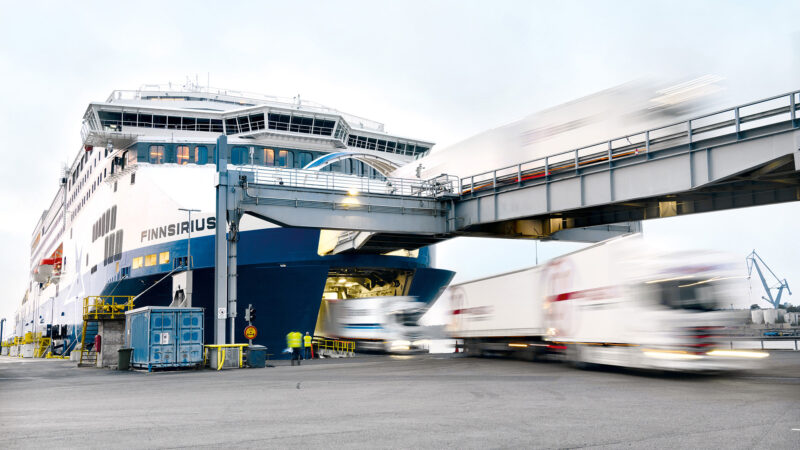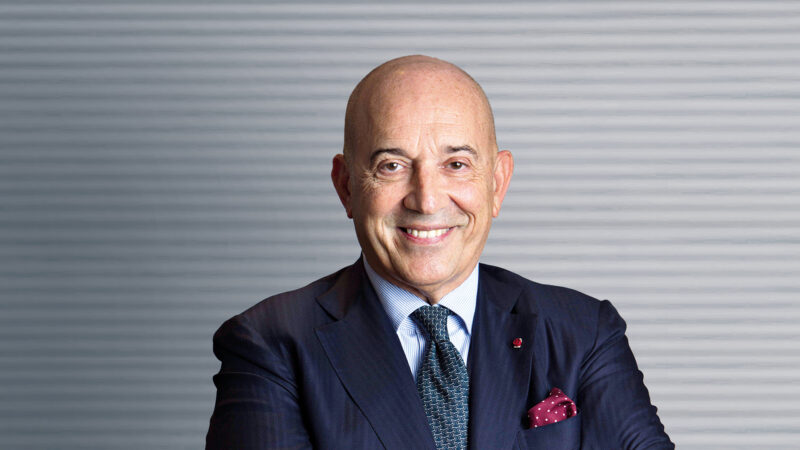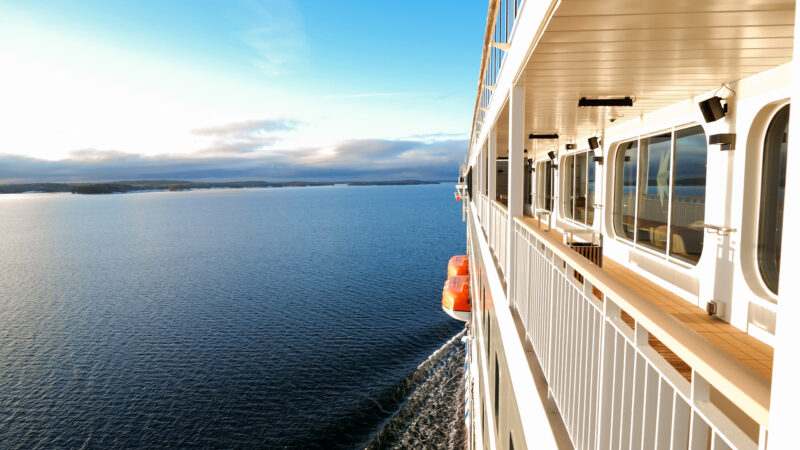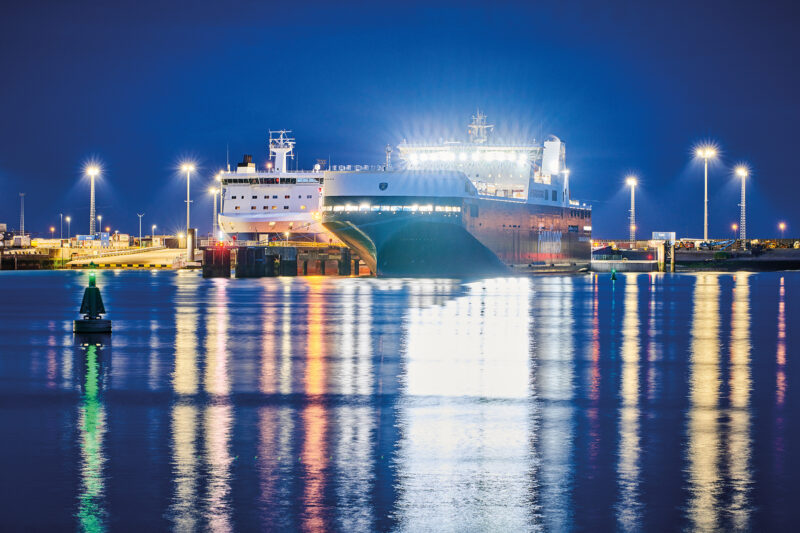Chairman’s letter
Shipping to reach net zero by 2050

The global economy had quite a good start in 2023, but during the year the consumer confidence and industrial activity weakened due to high interest rates. Furthermore, the war in Ukraine continued and another crisis broke out in Middle East. The security risk was at a significantly elevated level at the Red Sea at the end of 2023 and many shipping companies, including Finnlines, decided to divert vessels around the Cape of Good Hope instead of transiting the Suez Channel as the safety of seafarers, vessels and cargo had to be prioritized.
Shipping is never “business as usual”. The shipping sector encounters many challenges beyond operators’ control. Conditions range from rough weather to strikes, political turmoil, congested fairways – the list is unending. However, Finnlines has a modern environmentally friendly fleet and it operates the best ships in its trading areas.

To be successful in meeting climate targets, the world will need shipping.
Emanuele Grimaldi, Chairman of the Board
Towards zero emissions
The whole shipping industry all over the world has adopted a zero strategy and regulations should therefore be global, not regional like the EU Emissions Trade Scheme, which affects shipping from the beginning of 2024. The EU efforts should focus on pragmatic solutions, innovations and funding schemes instead of more stringent regulation in one particular area. The fact is that transport of goods is global business and in order to be successful in meeting climate targets, the world will need shipping.
The whole Grimaldi Group has made massive investments in renewing its fleet and the investments will continue.
Shipping is facing a revolution now that it moves towards low- and zero-carbon fuels, but new fuels may have unspecified characteristics and involve health and safety risks. Today we are confident that ammonia will be used by many shipowners by the end of this decade. In fact, the Grimaldi Group has already ordered a total of 20 ammonia-ready vessels. Methanol, batteries, solar energy, biofuels and a mixture of them all will also be plausible future alternatives.
Last year the IMO agreed on its revised greenhouse gas emission reduction strategy, building on ambition for shipping to reach net zero ‘by or around’ 2050.
The latest development can be seen as a Memorandum of Understanding between Member States to achieve climate targets by 2030, 2040 and 2050. We should not waste time anymore, rather member states must urgently agree on a process that will enable to reach and deliver this goal. The climate change witnessed by extreme weather events in recent years must act as a reality check for us all. Unless we act now, the impact of carbon emissions in the whole world is only going to get worse.
We must not only plan the green transition but also the seafarer transition as new fuels will bring challenges. Seafarers will have to adopt new ways of working when vessels are designed differently to conventional vessels. They may also need retraining to cope with digitalisation and other technological innovations.
Human and Financial Capital needed
Collaboration, determination, and commitment from shipowners, maritime educational institutions, engine and other equipment manufacturers, or from the whole production chain are vital on the path towards decarbonization. The new greener technology is dependent on talented engineers and professionals to solve the emission reduction and efficiencies required.
There will also be a huge demand for capital and financing in order to fund the production facilities for new fuels, to fund the new fuel supply infrastructure in several ports, not to mention funding of the new engine technology in new vessels. The production of new fuels, especially hydrogen, requires more funding because the production of green energy and new electricity generation capacity is highly electricity-intensive. In other words, while the regulations is demanding, the reduction of CO2 emissions in shipping industry there will be a huge requirement also for extra capital for financing these investments, before the shipping industry will have the green engines, green fuels and their supply infrastructure available in several locations and ports.
EUR 500 million in green technology
The three green ro-ros were delivered already in 2022 with huge battery banks and several green innovations to reduce the CO2 emissions. The first Superstar hybrid ro-pax vessel, Finnsirius, was delivered in China in July 2023. Finnsirius is the largest, most advanced and sustainable ro-pax vessel in the Finnlines fleet and it started to operate between Finland and Sweden via Åland, on one of the most important sea bridges from Finland. The sister vessel, Finncanopus, started in the traffic on the same route in February 2024. They now provide nearly 24 per cent more cargo capacity for our clients and both accommodate 1,100 passengers.
In conclusion, Finnlines is ready for the transformation required in green logistics and while we have to strive to reach more cost-efficient operations and optimise our fleet further, I am confident that the company will succeed in this transformation. We work hard to enable our customers to grow and I would like to thank all our customers and other stakeholders for your trust and loyalty, and for supporting Finnlines to develop its services and green growth path. I also would like to thank all Finnlines employees ashore and at sea for your efforts and hard work. New challenges must be tackled in 2024 but competent professionals will manage that.
Emanuele Grimaldi, Chairman of the Board

